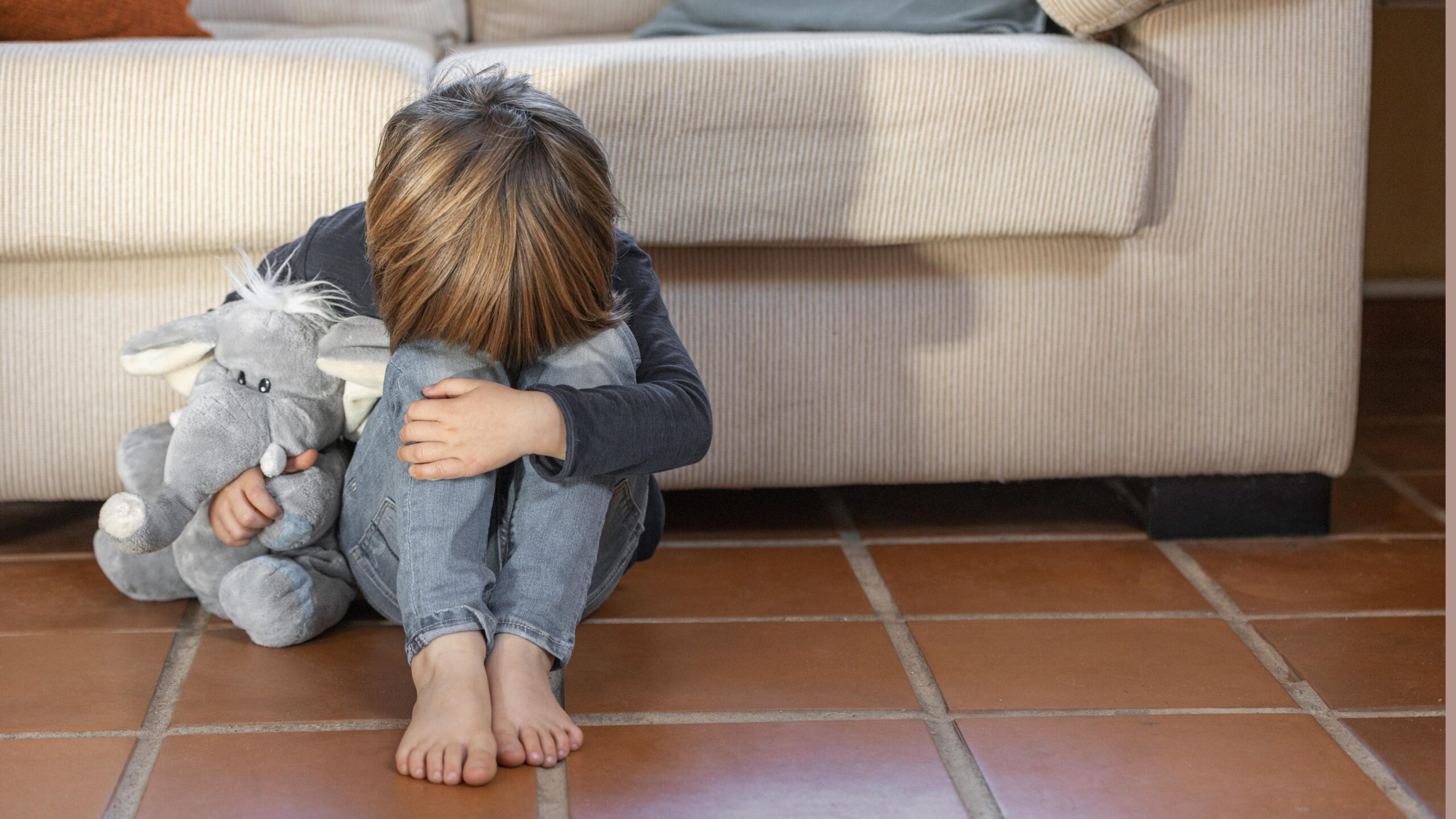Anxiety in children: Causes, Symptoms, and How to support them
Learn about anxiety in children, its causes, symptoms, and effective strategies for parents and educators to support children’s emotional well-being.
Understanding Anxiety in Children
Anxiety is a normal response to new or challenging situations, helping children stay alert. However, excessive anxiety that interferes with daily life may indicate an anxiety disorder. Unlike fear, which is a response to real danger, anxiety often occurs without an immediate threat and can cause prolonged stress.
Common Causes of Anxiety in Children
Life Changes: Moving, parental separation, loss of a loved one, starting school.
Media and Events: Exposure to news, movies, or traumatic events.
Genetic Factors: Some children are naturally more prone to anxiety.
Overprotection: Overly protective parenting can reduce confidence and increase worry.
Health and Routine: Poor nutrition, lack of sleep, or irregular schedules may heighten anxiety.
Signs of Anxiety in Children
Parents should watch for persistent signs, such as:
Sudden behavioral changes: irritability, tantrums, or withdrawal
Physical complaints: headaches, stomachaches, rapid heartbeat
Sleep problems: nightmares, difficulty falling asleep
Over-dependence: seeking constant attention or reassurance
Avoidance of social or school situations
Distractibility and difficulty focusing
How to Support Children with Anxiety
Listen and validate: Let your child express fears and take them seriously.
Gradual exposure: Help children face fearful situations step by step rather than avoiding them.
Play and creative activities: Use games, art, or storytelling to reduce stress.
Explain changes: Prepare children for transitions, such as moving or changing schools.
Encourage success: Highlight past achievements to boost confidence.
Healthy habits: Ensure adequate sleep, nutrition, and relaxation techniques (e.g., belly breathing).
Model calm behavior: Manage your own fears to avoid transmitting anxiety.
When Anxiety Becomes a Disorder
If a child’s anxiety persists or worsens despite support, it may indicate an anxiety disorder. Professional help from a doctor or mental health specialist is recommended.


